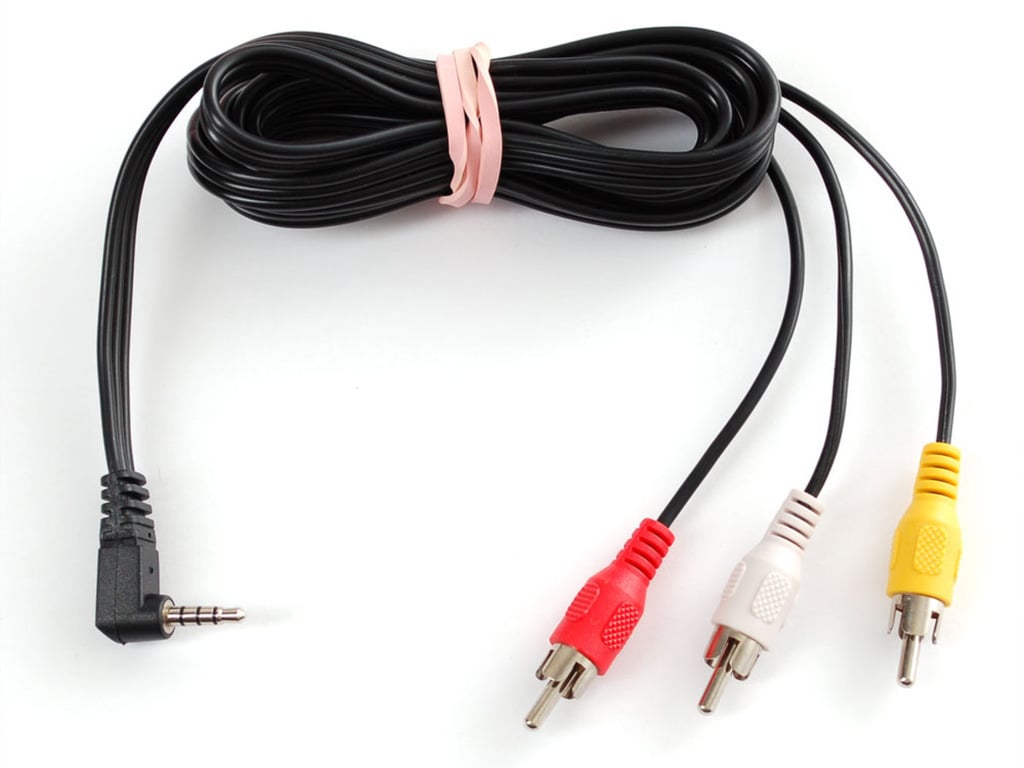Hi my name is Jeff,
My new Raspberry Pi 2 Model B with 1 Gig of RAM recently arrived.
I attached a keyboard, mouse and ethernet cable. I know the mouse and keyboard work because I've tested them on a PC as well as my other Raspbery pi. (my other pi is the old b model with 512 MB RAM and seperate audio/video etc)
I don't have a HDMI tv so I then Plugged in a wv735 universal lead with a 3.5mm stereo Jack plug on one end and 3 RCA plugs on the other end into the Combined 3.5mm audio jack and composite video outlet.
I then plugged in a micro-sd card (tried a 4Gig card and a 16G card) I know both cards were working because I tried them in PC and my other Pi.
I used both NOOBS and raspbian as the OS on the Micro-SD card. I downloaded the most up to date versions from
I then proceeded to write it onto the Micro-SD card using the relevant instructions for the OS I used.
I then plugged in a micro-sd card into the pi (tried a 4Gig card and a 16G card just in case available memory was the issue) I know both cards were working because I tried them in PC and my other Pi.
Next I plugged in the power supply which is a switching adapter, Model : HNP10l-Micro USB
Input = 100-240v , 50/60Hz , 45A
Output = 5.0v , 2000mA
The following link is to a page containing a better description of what I have.
http://www.adafruit.com/product/1995
The power supply should be good enough to use since it is the same type I use on my other pi.
When power plugged in:
Red and greed lights came on
Red stayed on and green flashed a little bit (don't know how long) before turning off
Red light stayed on
When I pressed number 3 or number 4 the green light came on momentarily however the TV screen remained blank.
The only time I got anything on the screen is when I started to take the 3.5 mm jack out but never an image you could properly see.
Everything seems to work fine as far as I can tell but I can't get audio/video to work. I'm assuming it's a cable problem but I'm not sure.
Please help me so I can actually use my new Pi.










